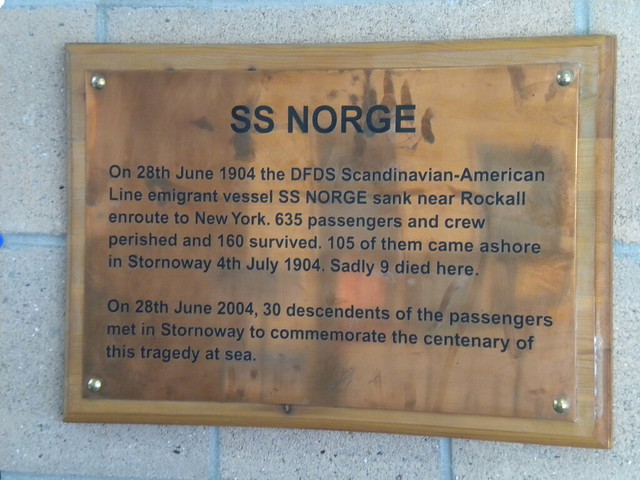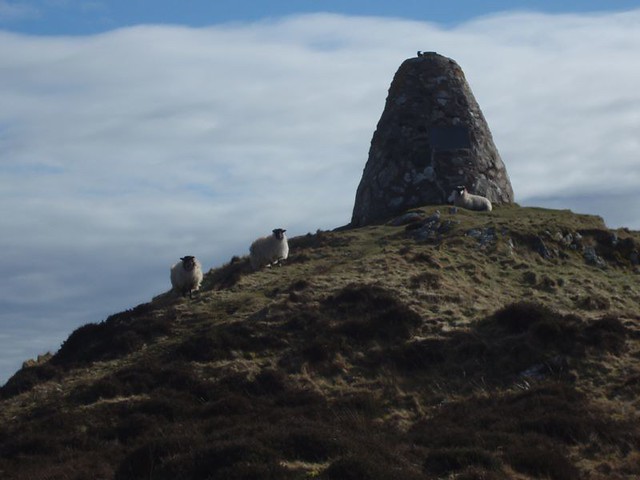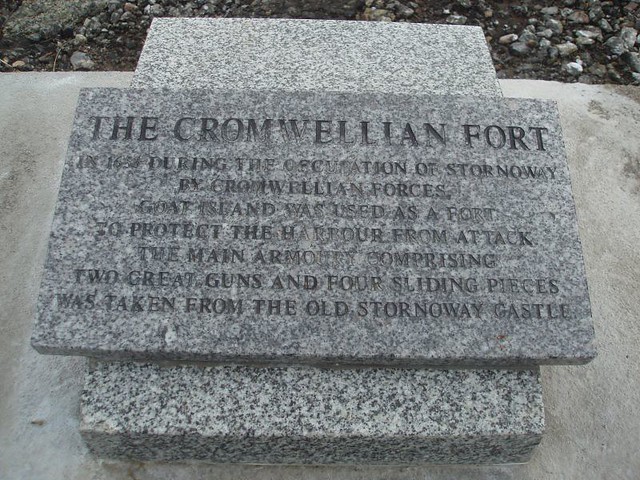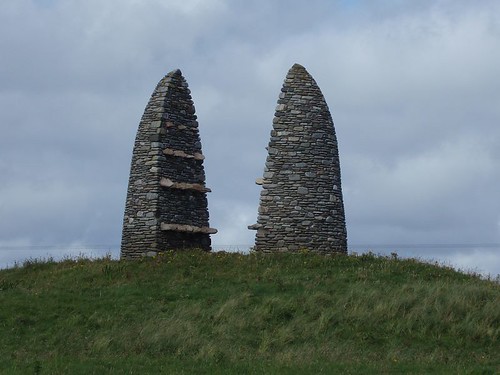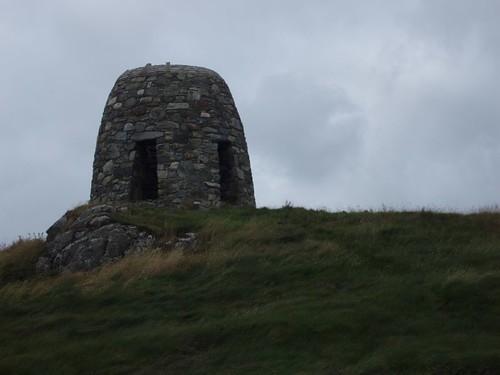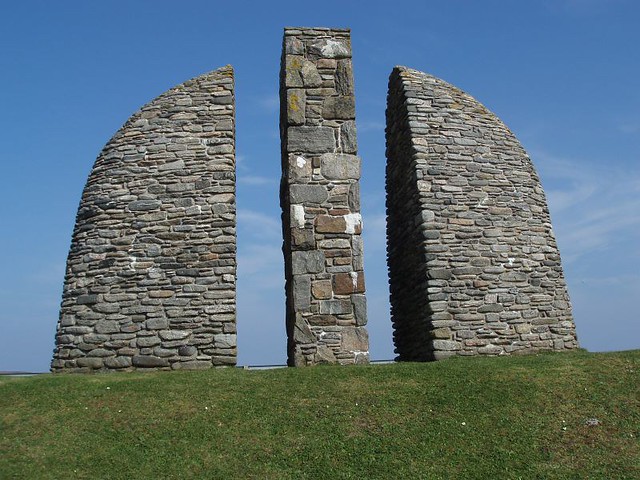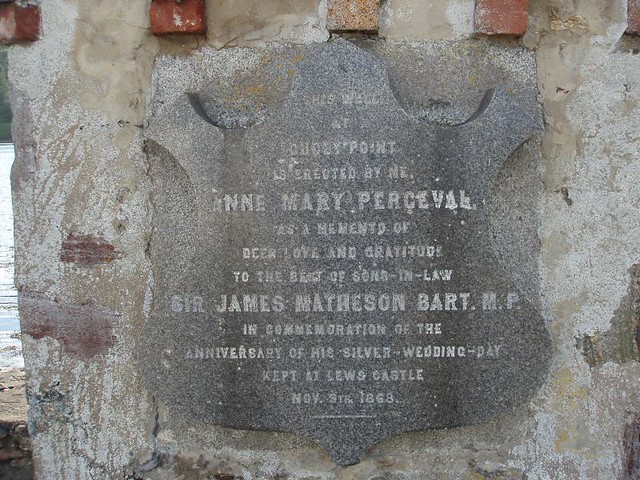
Photographed in September 2006 at Cuddy Point, the plaque dates from 1869, commemorating the silver wedding anniversary of Sir James Matheson and Mary Jane Perceval, held at Lews Castle. Anny Mary Perceval was the mother of Mary Jane, and widow of Michael Henry Perceval. After Sir James Matheson died in 1878, Lady Mary erected a commemorative cupola on the hill above, which was restored in 2005, and pictured in February the following year. The Lewis climate is not kind. Neither is history universally kind on Sir James and Lady Mary. Sir James employed a number of managers who regarded some of the people in the island as so much lumber (read: 1851). Others took advantage of Sir James's absence to abuse their position and wear 32 official hats at the same time, some of which were incompatible with being worn by the same person at the same time (see A Shilling for your Scowl). On the other hand, Sir James can be credited with pushing for some economic developments in Lewis. One of Lady Mary's achievements is mouldering away on Keith Street in Stornoway; the Female Industrial School. Her disputes with crofters in Lochs are well recorded in the Napier Report of 1883.
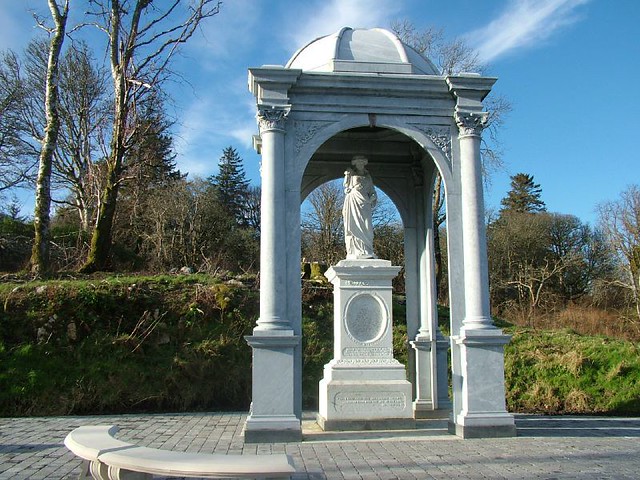
Lady Matheson Memorial
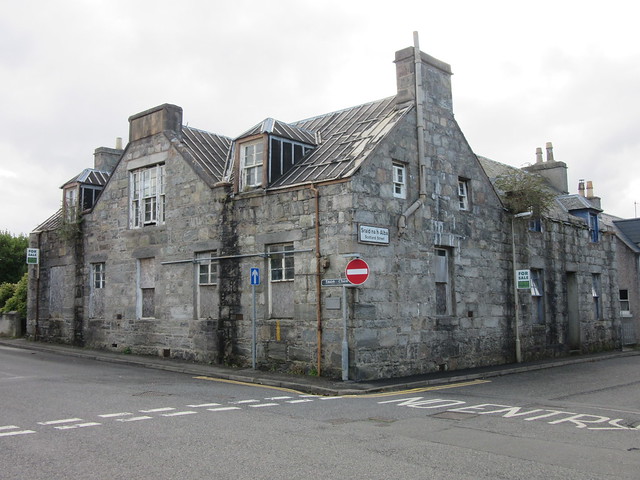
Female Industrial School, Scotland Street / Keith Street, Stornoway
